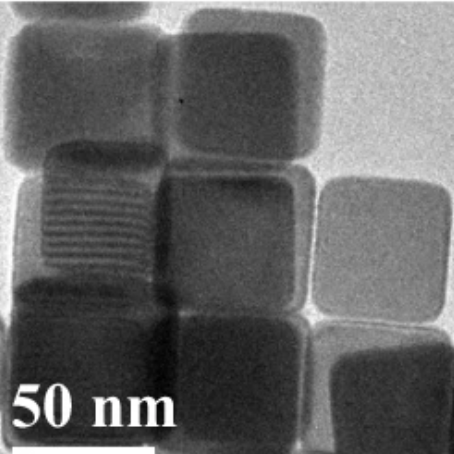Abstract
The reconstruction of Cu catalysts during electrochemical reduction of CO2 is a widely known but poorly understood phenomenon. Herein, we examine the structural evolution of Cu nanocubes under CO2 reduction reaction and its relevant reaction conditions using identical location transmission electron microscopy, cyclic voltammetry, in situ X-ray absorption fine structure spectroscopy and ab initio molecular dynamics simulation. Our results suggest that Cu catalysts reconstruct via a hitherto unexplored yet critical pathway - alkali cation-induced cathodic corrosion, when the electrode potential is more negative than an onset value (e.g., -0.4 VRHE when using 0.1 M KHCO3). Having alkali cations in the electrolyte is critical for such a process. Consequently, Cu catalysts will inevitably undergo surface reconstructions during a typical process of CO2 reduction reaction, resulting in dynamic catalyst morphologies. While having these reconstructions does not necessarily preclude stable electrocatalytic reactions, they will indeed prohibit long-term selectivity and activity enhancement by controlling the morphology of Cu pre-catalysts. Alternatively, by operating Cu catalysts at less negative potentials in the CO electrochemical reduction, we show that Cu nanocubes can provide a much more stable selectivity advantage over spherical Cu nanoparticles.
